NASA’s Atmospheric Waves Experiment (AWE) has recently captured initial images of the mesosphere from its perch on the International Space Station (ISS). AWE was installed on the Space Station on November 18, and initial commands were sent to the instrument on November 20. The first images recently captured, or “first light” images, represent a milestone that confirms the instrument is functioning as designed and the mission is operating as expected.
AWE is providing global-scale observations of atmospheric gravity waves (AGWs) at the mesopause region, 54 miles (87 kilometers) above Earth. Once researchers are able to analyze AWE’s observations, they will be able to study how AGWs form by weather events on Earth and are transported through Earth’s atmosphere. This will also help us understand AGWs broader role in the upper atmosphere known as the ionosphere-thermosphere-mesosphere and their effects on space weather.
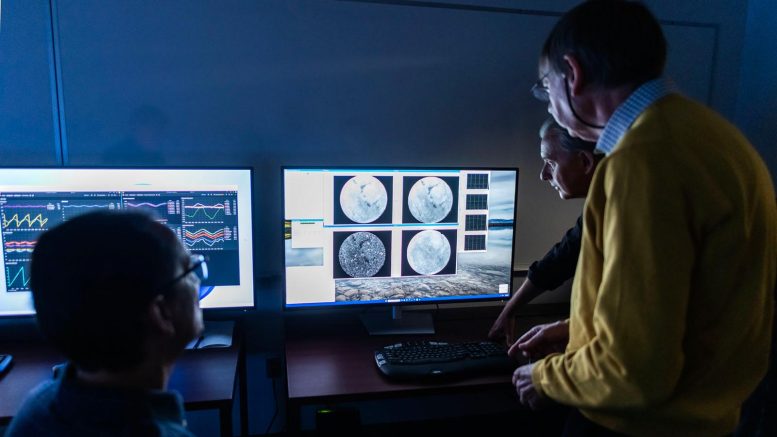
AWE Ground Systems & Mission Operations Manager Pedro Sevilla of the Solar Dynamics Laboratory (SDL), along with Emeritus Principal Investigator Michael Taylor and Principal Investigator Ludger Scherliess of Utah State University’s College of Science, observe some of the first live images from the AWE instrument being transmitted from the International Space Station to AWE’s Mission Operations Center at SDL. Credit: SDL/Allison Bills
NASA’s Atmospheric Waves Experiment (AWE) represents a cutting-edge initiative in space research, focused on studying atmospheric gravity waves. These waves play a crucial role in the dynamics of Earth’s atmosphere, particularly in the upper layers like the mesosphere, ionosphere, and thermosphere. AWE operates from its unique vantage point aboard the International Space Station (ISS).
One of the primary objectives of AWE is to observe and analyze atmospheric gravity waves (AGWs) in the mesopause region, which is about 54 miles (87 kilometers) above the Earth’s surface. By studying these waves, AWE aims to deepen our understanding of how weather events on Earth’s surface can generate these waves and how they propagate through and affect the atmosphere’s higher regions. This research is vital for comprehending the broader impacts of AGWs on the ionosphere-thermosphere-mesosphere system, particularly in terms of space weather effects, which have implications for satellite operations and communication systems.
AWE is led by Ludger Scherliess at Utah State University in Logan, and it is managed by the Explorers Program Office at NASA’s Goddard Space Flight Center in Greenbelt, Maryland. Utah State University’s Space Dynamics Laboratory built the AWE instrument and provides the mission operations center.

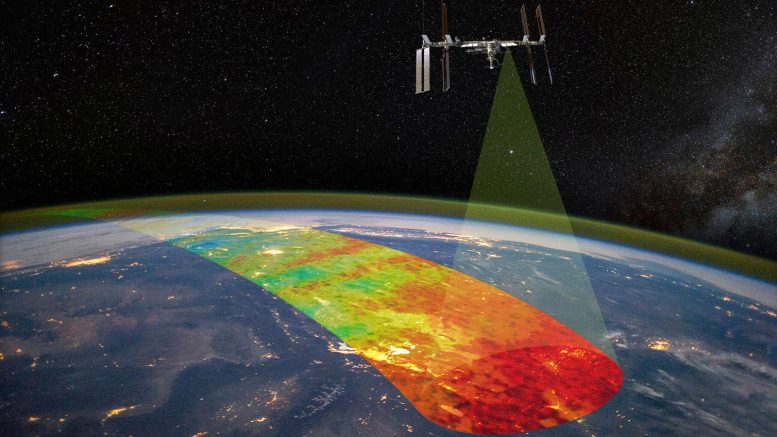
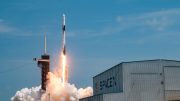
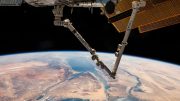
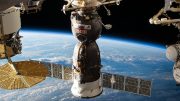



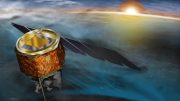

“Captures first images” lol… and yet they show us another artist’s impression. Pretty lame.
Do you think ? That , the solar storms / sun flairs. Could disrupt more then just electric’s . What dose these storms actually do to earth’s poles. We have had some unusual storms lately. Are these strong enough to make earth under go a polar shift?